Born and raised in Quang Nam - Da Nang, Professor Tran Van Tho - Honorary Professor of Waseda University, Japan, lives and works in Japan and is always concerned about the development of Vietnam. Therefore, although he is in his seventies, he has been a member of the Prime Minister's Economic Advisory Group for many years, still traveling back and forth between the two countries to participate in economic talks, conveying experiences in economic development in developed countries...
During the middle of April, Professor Tran Van Tho continuously traveled from Ho Chi Minh City to Da Nang and then to Hanoi to participate in talks with businessmen about the world economic situation, about what Vietnamese businesses should prepare mentally and in terms of the stormy changes in technology... Although he did not have much time, he was still very open when talking to Saigon Businessmen .
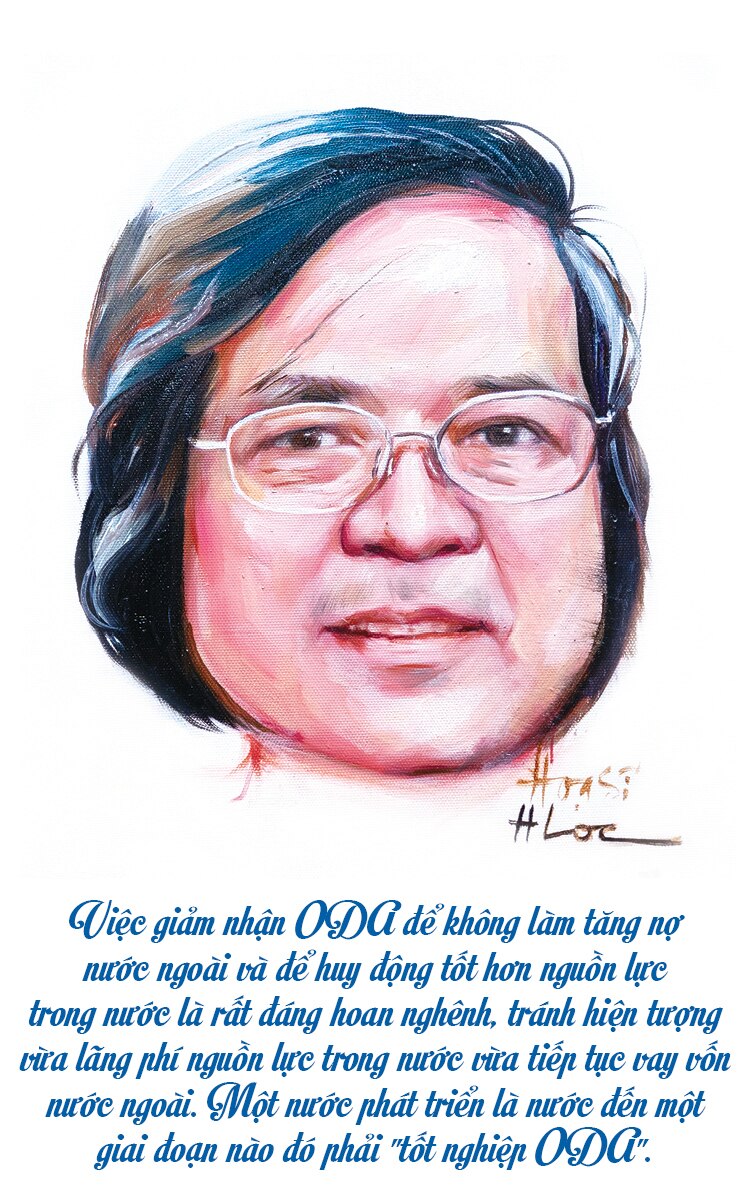 |
* As an economic researcher and a professional member of the Japanese Prime Minister 's Economic Advisory Council for nearly 10 years, what are the achievements of the Vietnam - Japan relationship over the past 50 years? What should Vietnam do and how should it learn from Japan to become a developed country?
- In the 50 years of establishing diplomatic relations between Vietnam and Japan (1973-2023), the first 20 years have not had significant achievements because the international situation is not favorable and because Vietnam's economy is still in the centralized bureaucratic subsidy period, and innovation is also in its early stages. Relations between the two countries have developed strongly since 1993 when Japan began providing preferential loans (ODA) and then Japanese enterprises implemented foreign direct investment (FDI) projects in Vietnam.
Japan is the most active country in calling on international organizations such as the World Bank (WB), the International Monetary Fund (IMF), the Asian Development Bank (ADB) and developed countries to support Vietnam with preferential loans to build infrastructure, helping Vietnam in economic institutional reform. Japan has always been the leading country in bilateral cooperation, especially providing the most ODA. The cumulative turnover of Japan's ODA capital to support Vietnam from 1993 to March 2022 reached 2,784 billion yen (about 22 billion USD), of which 98 billion yen was non-refundable aid (grant), 18 billion yen was technical cooperation. Japan's ODA capital has helped Vietnam build many important infrastructures such as ports, metro, highways, power plants, etc.
Regarding FDI, Japan is one of the three largest investors in Vietnam. As of December 20, 2022, Japan's cumulative FDI turnover in Vietnam was nearly 69 billion USD, making an important contribution to Vietnam's industrialization process. In particular, Japanese enterprises play a major role in the development of consumer electronics, motorbikes, printers and many other high-end products. Another point to emphasize is that the Japanese Government and enterprises always accompany Vietnam in improving the investment environment through dialogue programs called the "Vietnam - Japan Initiative", in which the two sides jointly find out outstanding issues in policies, legal corridors, and policy implementation for improvement and amendment.
To answer the question "What should Vietnam do and how should we learn from Japan to become a developed country", it cannot be summarized in a few points. I have written quite detailedly about this issue in the work Japanese Economy - the period of miraculous development 1955-1973 published by Da Nang Publishing House - Phanbook in 2022.
* The Vietnam-Japan relationship is considered one of the most successful bilateral development cooperation relationships of Vietnam. However, recently, ODA capital from Japan has decreased, even stopped. In your opinion, to promote this ODA capital, what should Vietnam do?
- Japan's ODA capital provided to Vietnam increased rapidly in the first 20 years. In terms of committed capital, Japan's ODA peaked at 270 billion yen in 2011, decreased rapidly from 2017 and was almost non-existent in 2018 and 2019. The main reason is from Vietnam, not Japan. Vietnam tends to be more cautious in borrowing capital to control its ability to repay foreign debt. In addition, delays in project implementation have affected the disbursement and commitment of new projects. In general, reducing ODA receipt to avoid increasing foreign debt and to better mobilize domestic resources is very welcome, avoiding the phenomenon of wasting domestic resources while continuing to borrow foreign capital. A developed country is a country that at some point must "graduate from ODA", meaning ending the period of receiving ODA for economic development.
 |
* As a former member of the Prime Minister's Economic Advisory Group, in today's volatile world, what opportunities does Vietnam have to break through and rise up?
- The world economy is experiencing many fluctuations, affected by many factors. Countries such as India, Korea, Indonesia, Philippines... are rising strongly to bring their economies to reach and surpass the world.
Vietnam's economy is developing relatively stably but needs a period of faster, higher quality development. With the current potential, with the right strategy and policies, we can hope for such a period.
In addition, world fluctuations have affected Vietnam but also opened up new opportunities. For example, the Covid-19 pandemic, the Russia-Ukraine conflict, and many other factors have made food and foodstuffs increasingly become strategic products that many countries are focusing on. This is Vietnam's advantage. How to ensure that food and foodstuffs are both sufficient for the domestic market and a key export product? Vietnam has great potential for development from its existing advantages such as a large population, unified language and culture, no ethnic and religious conflicts, favorable geographical location, and being a "neutral" country in the global trade war. Vietnam's potential could be greater if it makes more efforts to invest in science and technology and improve labor quality. Currently, the competency index of Vietnamese youth in information technology and mathematics is much higher than that of many countries, but the general labor quality level is still low.
However, to achieve high growth targets, Vietnam must continuously increase productivity and competitiveness in the new era. Vietnam's current productivity is only 15% of Japan's and Japan's productivity in 1960, still lower than Indonesia, Thailand and much lower than Malaysia, South Korea, Singapore. Vietnam's labor productivity has only increased sharply in the past half decade. From 2015-2020, Vietnam had the highest productivity growth in Asia with an average of 5.2% per year, but mainly thanks to the shift from agriculture to industry and services - the common path of economic laggards.
* Does that mean there is a lot of work for Vietnam to do?
- Vietnam's economy is vulnerable to deep integration but is concentrated in a few markets and has an unsustainable structure. In the medium term, Vietnam needs to focus more on the domestic market, strengthen industry, increase production of essential goods, pay attention to economic security with agricultural potential as an advantage and prioritize resources for training highly skilled workers.
Vietnam's industry is currently weak and fragile. Nearly 50% of Vietnam's industrial exports must be imported from intermediaries. Less than 10% of the added value of Vietnam's industrial products is used by importing countries as intermediate products in production. The industrial structure is unsustainable when most of the raw materials and intermediate products for production are imported, mainly from China and South Korea. On the other hand, exports, especially consumer goods, are heavily dependent on the US market. Vietnam needs to promote the replacement of imported intermediate products from China and South Korea to deepen and stabilize the industrial structure. FDI attraction policies need to be adjusted according to this goal and increase internal strength so that the economy gradually reduces its dependence on FDI enterprises.
In that direction, Vietnam needs to have policies to support large and strong enterprises, strongly participating in the process of industrialization, with the breakthrough being the informal sector and small and medium enterprises.
In the long term, Vietnam needs to change its development mindset and innovate to grow rapidly and sustainably, escaping the middle-income trap. In the long term, Vietnam will build a strong, self-reliant economy, combining agriculture and fisheries with industry, the digital economy and a number of service sectors to modernize the country. It is important that Vietnam creates a period of strong development to enhance its economic position in the world.
* In the current context, according to the professor, what should Vietnamese businesses do?
- Must link businesses and businesses, must promote business resources. Many studies show that reputation plays an important role in strengthening and stabilizing the global supply chain and value chain, thereby creating new services.
In current economic trends, the decisive factors for labor productivity and competitiveness of nations and enterprises are intangible assets and new human resources. Intangible assets include technological innovation assets (R&D, design capabilities, etc.), information-based assets (software, databases, etc.) and synthetic assets (management, organizational capabilities, and new human resources, etc.). To exploit intangible assets well, enterprises need to train human resources with new skills to quickly adapt to technological changes. But first, there must be a strategy to attract talent and a policy to keep them with the enterprise.
* Having worked a lot with business people, how do you evaluate Vietnamese businessmen? What similarities and differences do you see between Vietnamese and Japanese businessmen?
- It is difficult to answer this question right away because it is impossible to "generalize" the business community of a country and the comparison must take into account the factors of the times and each stage of economic development. In the Vietnamese business community, there are also people with a business philosophy similar to typical Japanese business people. On the contrary, currently in Japan, there are also businesses that act like businesses commonly seen in Vietnam.
If I were to make a few observations that have left a big impression on me about businessmen, they would be this: in the process of developing to catch up with the West, most Japanese businessmen have a patriotic spirit and uphold business ethics, considering businesses as public property, as a tool to develop the country. They do not consider profit as a goal. Profit is only the result of efforts to explore the market, explore and apply technology. Vietnam also has such businessmen, but not many. On the contrary, many Vietnamese companies that have just achieved initial success are ready to be the subject of mergers and acquisitions (M&A) for foreign companies - a phenomenon not seen in the Japanese economy.
* What about the green growth model when many opinions now say that this will be the driving force of the economy, professor?
- Green economy is worth paying attention to and Vietnam needs to have measures to stimulate the consumption of green goods. Circular economy, green economy will make the quality of economic development higher, although the growth rate is slow but very important. In fact, in Japan, businesses interested in green growth, circular economy, their stocks have increased significantly and have been interested by consumers, from which they develop further.
* Thank you professor for sharing!
Saigon Businessman



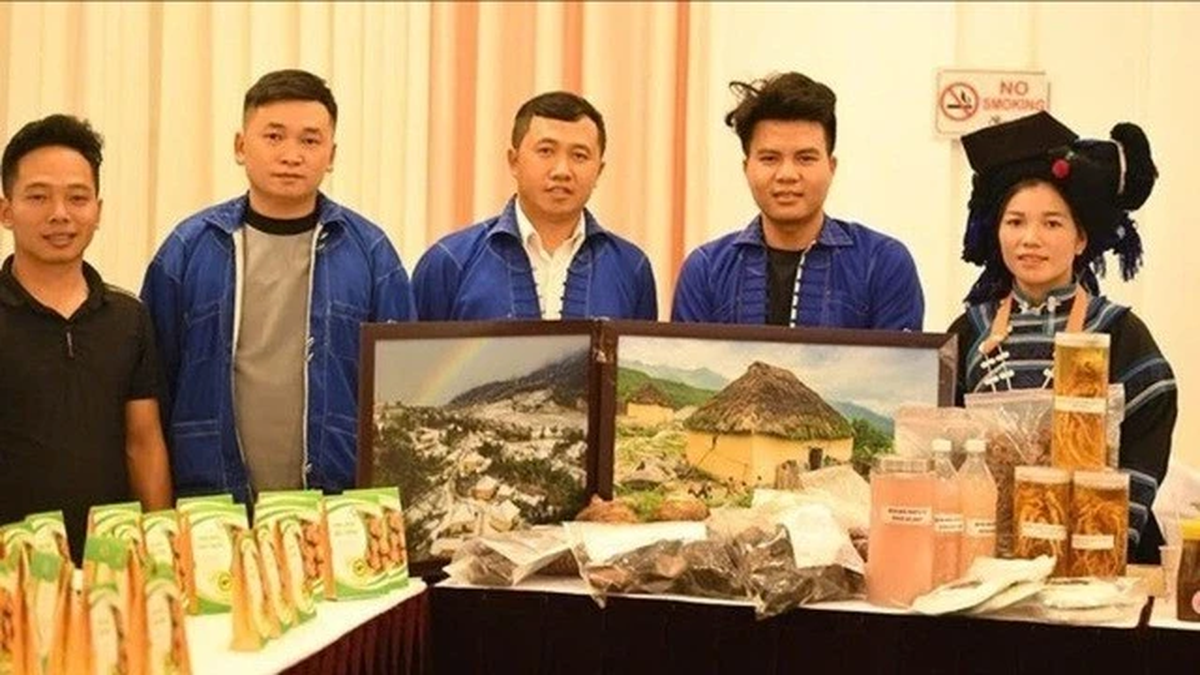

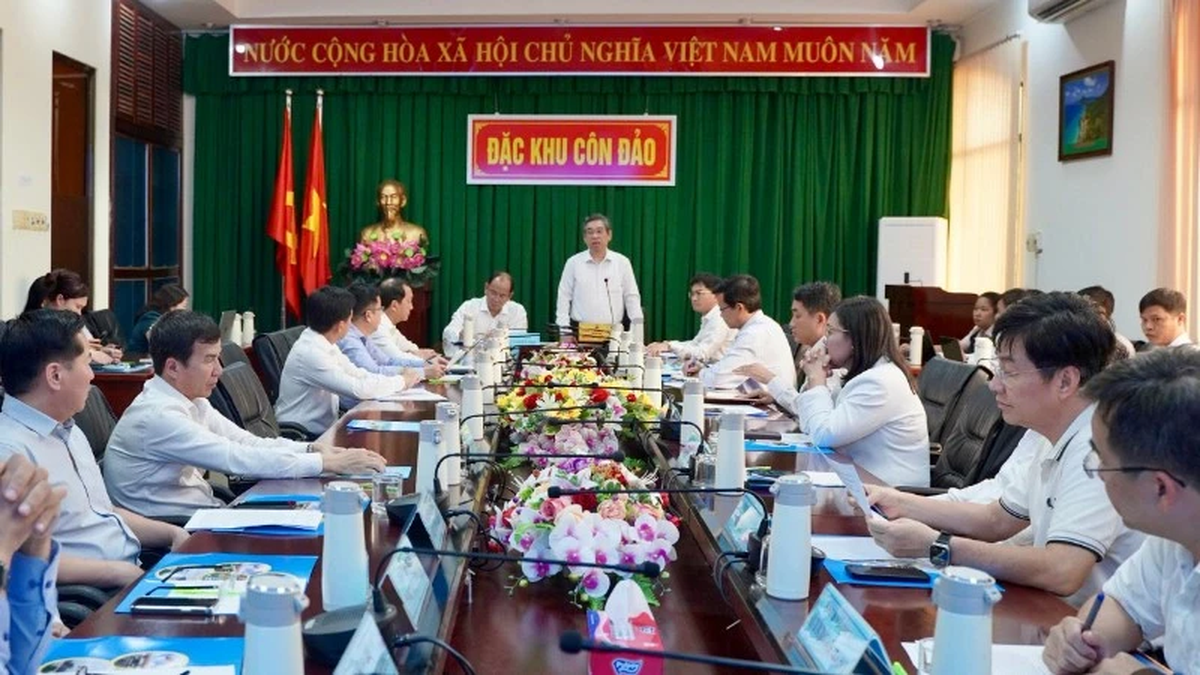


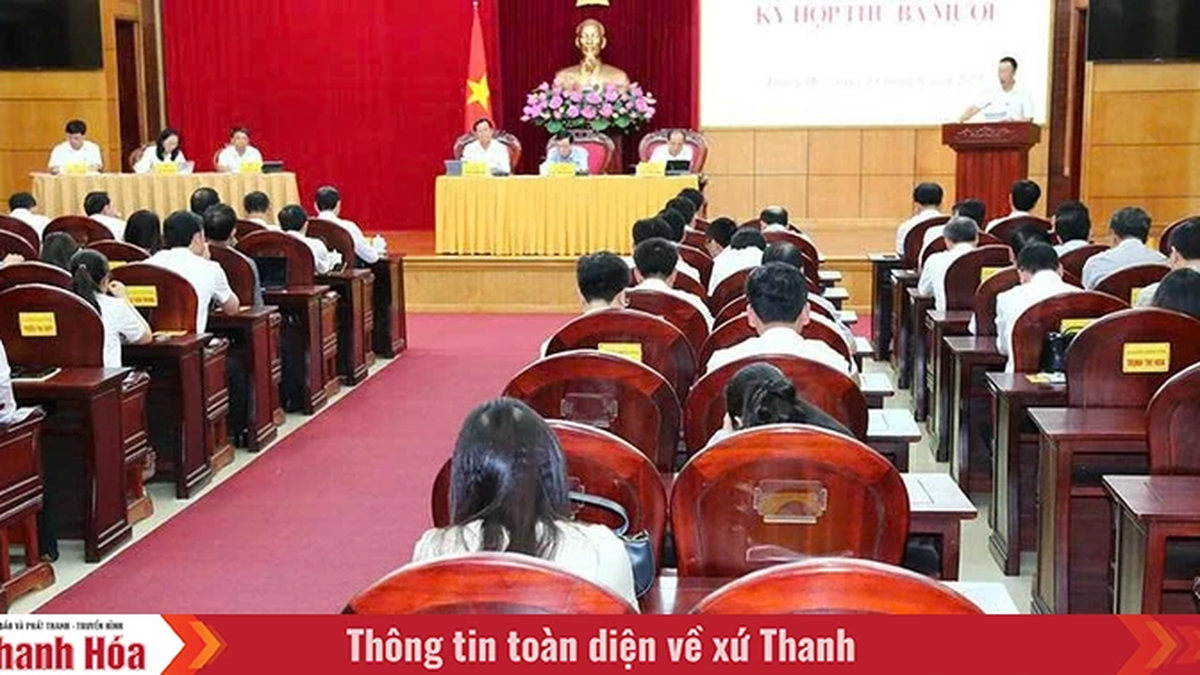
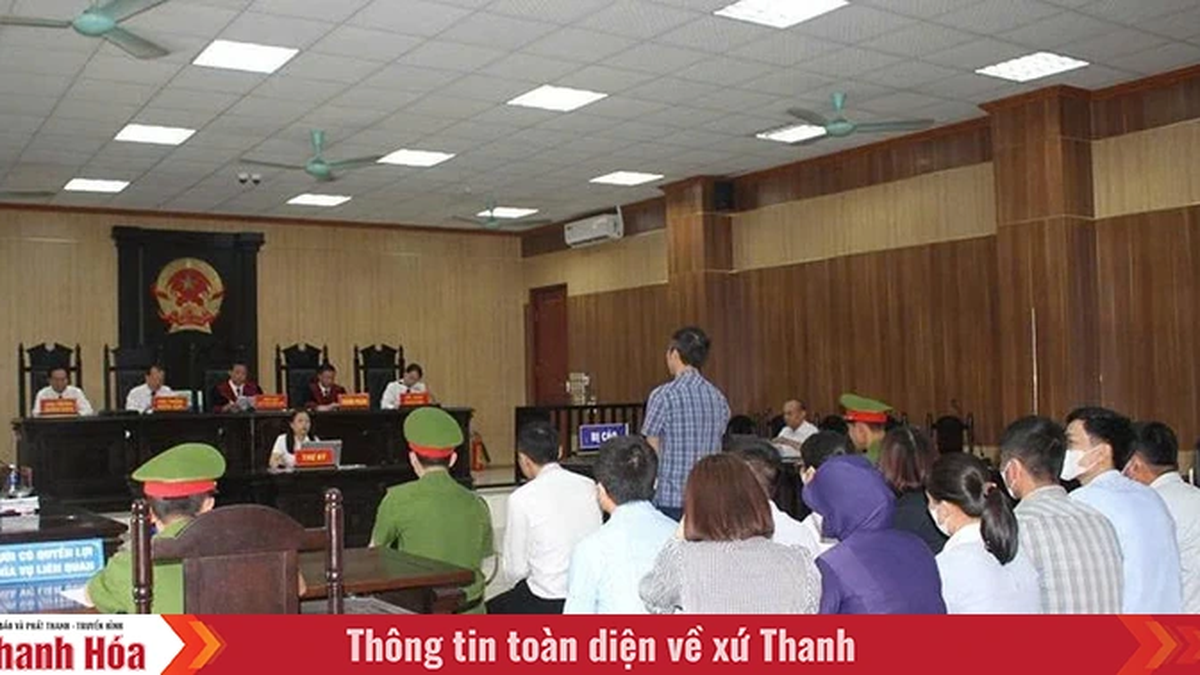
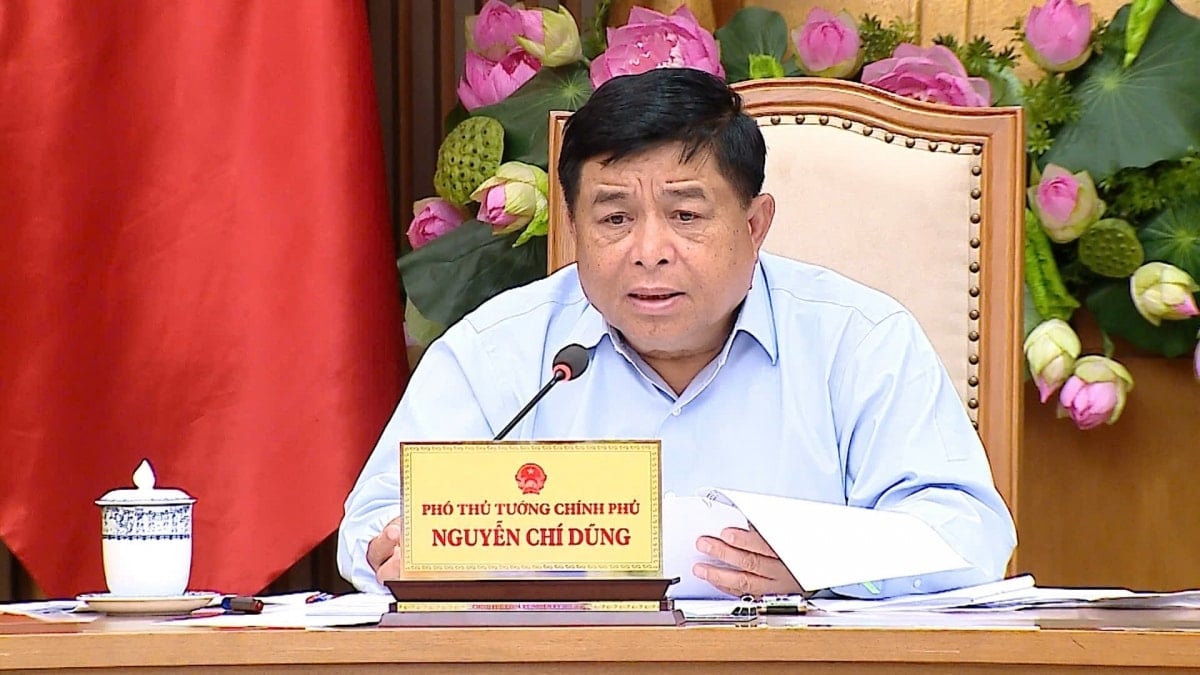








































![[Maritime News] More than 80% of global container shipping capacity is in the hands of MSC and major shipping alliances](https://vphoto.vietnam.vn/thumb/402x226/vietnam/resource/IMAGE/2025/7/16/6b4d586c984b4cbf8c5680352b9eaeb0)













































Comment (0)